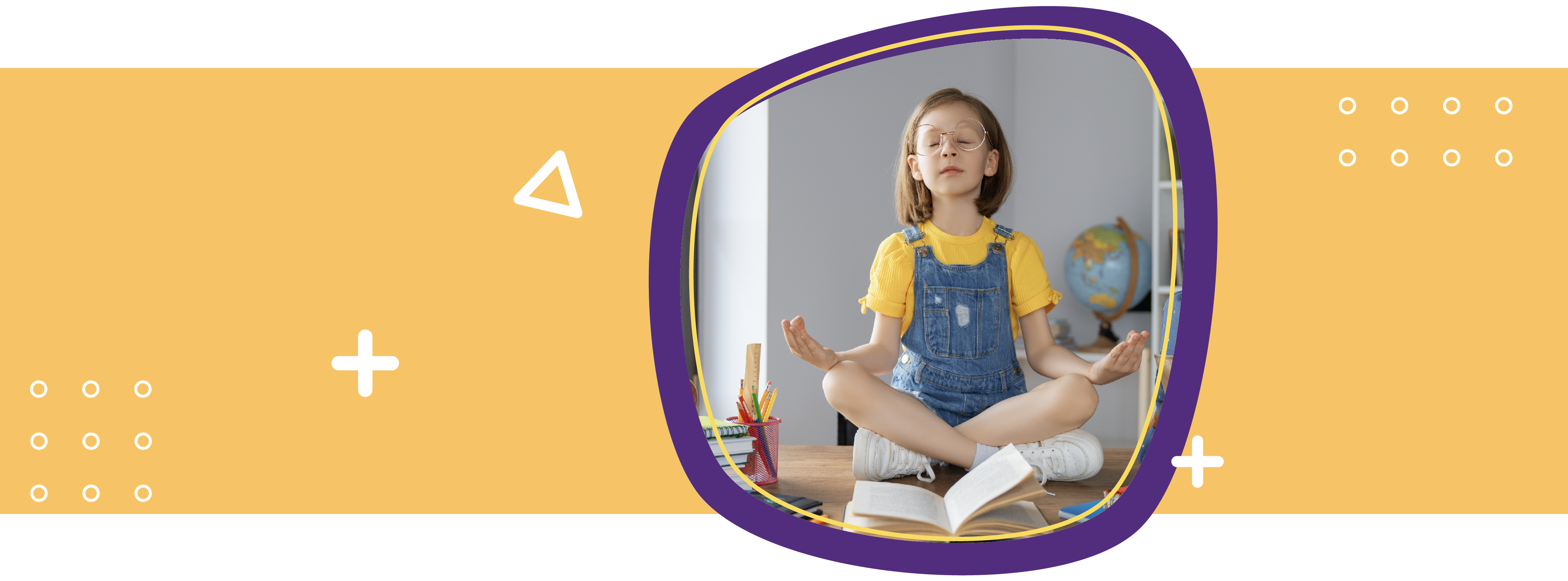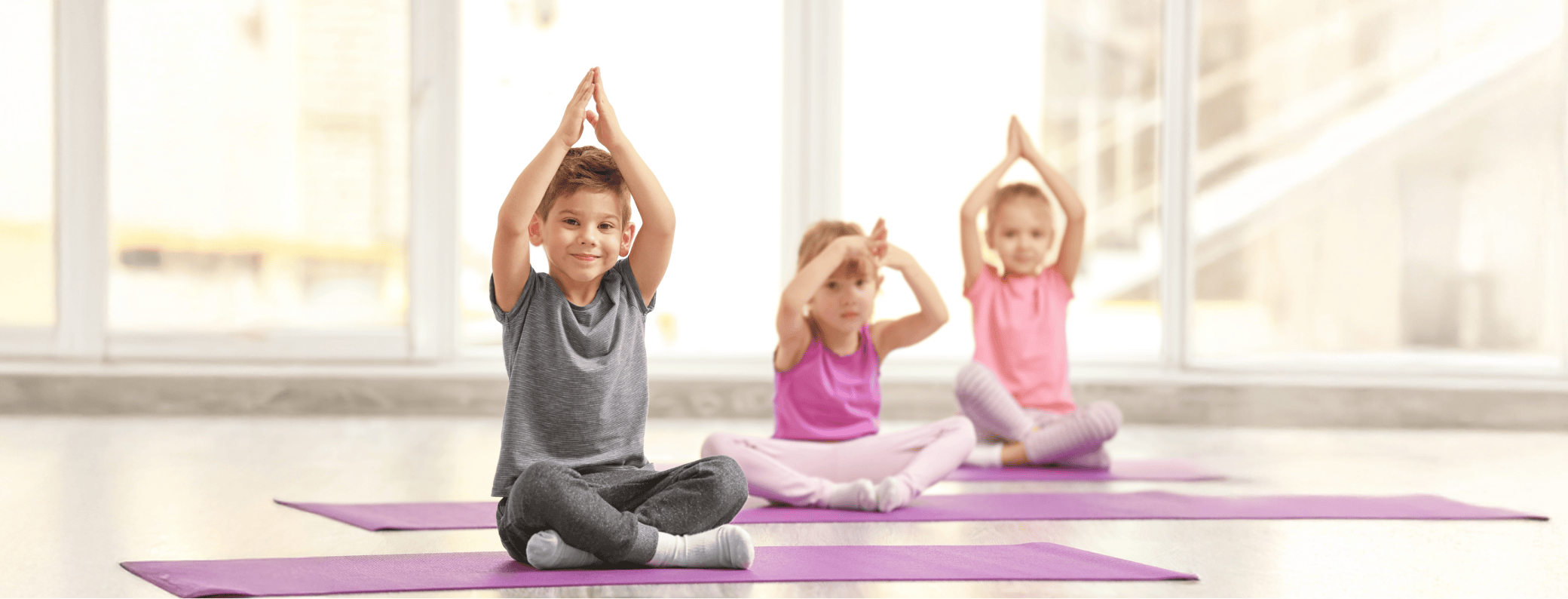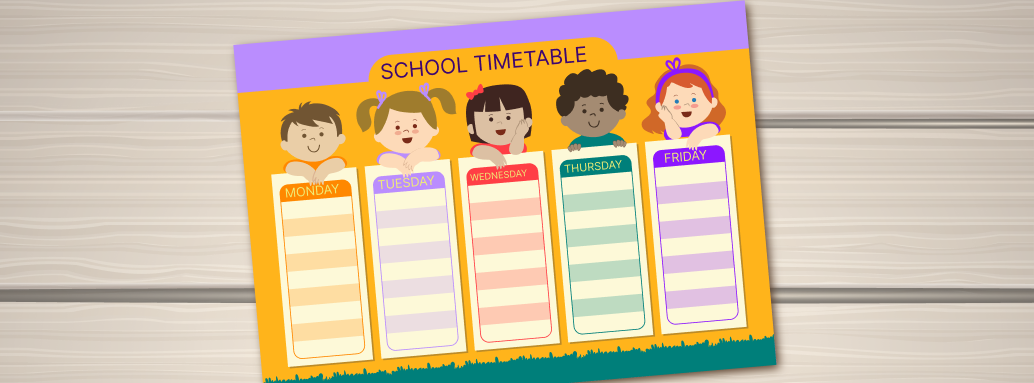Why Mindfulness Matters in Early Childhood Education
Ever wondered how to help young children navigate their emotions, build focus, and stay calm? Mindfulness might just be the key. Imagine a classroom where kids not only learn their ABCs but also how to handle stress, focus on tasks, and build empathy. Sounds like a dream, right? Let’s dive into how mindfulness can transform early childhood education.
What is Mindfulness in Early Childhood Education?
Mindfulness, simply put, is the art of being present in the moment. For kids, this means paying attention to their thoughts, feelings, and surroundings in a gentle, non-judgmental way. Incorporating mindfulness into early education helps children develop skills that go beyond the classroom, nurturing their emotional intelligence and resilience.
The Benefits of Mindfulness for Young Minds
Boosting Focus and Concentration
Kids are naturally curious but easily distracted. Mindfulness practices train their minds to focus on the present, improving concentration and task completion. Think of it as a mental workout, helping their attention span grow stronger day by day.
Enhancing Emotional Regulation
Tantrums, anyone? Young children often struggle to manage big emotions. Mindfulness teaches them to pause, recognize their feelings, and respond thoughtfully rather than react impulsively. It’s like giving them a toolkit for life.
Building Empathy and Social Skills
Understanding others begins with understanding oneself. Mindfulness fosters self-awareness, which naturally extends to empathy for others. In a mindful classroom, kids learn to appreciate diverse perspectives, paving the way for stronger, more compassionate social interactions.
How to Introduce Mindfulness in Early Childhood Settings
Simple Mindfulness Exercises for Kids
Starting small is key. Here are a few easy mindfulness exercises that even the youngest learners can enjoy.
Breathing Buddies
Have each child lie down with a stuffed animal on their belly. Guide them to watch their buddy rise and fall with each breath. This simple exercise teaches deep breathing and focus.
Mindful Listening
Ring a bell or play a gentle sound. Ask the children to close their eyes and raise their hands when they can no longer hear the sound. This sharpens their listening skills and anchors them in the present moment.
Glitter Jars
Create a "mind jar" by filling a jar with water, glitter, and a bit of glue. Shake it up and watch the glitter swirl. As the glitter settles, it mirrors how our minds can calm down after being stirred up by strong emotions.
Creating a Mindful Classroom Environment
A mindful classroom isn't just about activities; it's about atmosphere. Here’s how to create a space that breathes mindfulness.
Setting the Tone with a Calm Space
Designate a quiet corner with soft cushions, calming visuals, and perhaps a few sensory toys. This “peace corner” becomes a sanctuary where kids can retreat and reset when they feel overwhelmed.
Incorporating Mindful Transitions
Transitions can be chaotic. Introducing mindfulness during these times helps smooth the process. Use a short breathing exercise or a mindful moment to help kids shift from one activity to another calmly.
Overcoming Challenges in Mindfulness Integration
While the benefits are clear, integrating mindfulness in early childhood education isn’t without its hurdles.
Addressing Skepticism from Parents and Staff
Mindfulness may be new territory for some parents and educators. Clear communication about its benefits and evidence-based results can help. Offer workshops or send home resources to educate and engage parents.
Consistency is Key
Kids thrive on routine. Consistency in mindfulness practices helps children build these habits over time. It’s like planting a garden—regular watering (practice) ensures growth.
The Long-Term Impact of Mindfulness in Early Childhood
Mindfulness isn’t just a trendy buzzword; its benefits extend well into the future.
Academic Success and Beyond
Studies show that children who practice mindfulness perform better academically. But the benefits don’t stop there. They carry these skills into adulthood, leading to more balanced and fulfilling lives.
Cultivating Resilient Adults
Mindful children grow into resilient adults. They learn to handle stress, adapt to change, and approach life’s challenges with a calm and focused mindset.
Setting the Stage for a Mindful Generation
Incorporating mindfulness into early childhood education is like planting seeds for a brighter, more balanced future. Equipping kids with tools to manage their emotions, focus their attention, and build empathy means we’re not just educating them, we’re empowering them.
Mindfulness in early childhood education offers a powerful way to nurture emotional intelligence, focus, and empathy in young learners. Starting with simple exercises and a calm environment, teachers can create a nurturing space that helps children thrive both academically and personally.
The benefits of these practices extend far beyond the classroom, paving the way for resilient, compassionate adults.
FAQs
1. What is mindfulness, and why is it important in early childhood education?
Mindfulness is the practice of being present and fully engaged in the current moment, aware of thoughts and feelings without judgment. In early childhood education, mindfulness helps children improve focus, manage emotions, and develop empathy. These skills are crucial for their overall development and well-being, fostering better social interactions and academic success.
2. How can mindfulness help children manage their emotions?
Mindfulness teaches children to pause and recognize their emotions rather than reacting impulsively. By practicing mindful breathing or using tools like glitter jars, children learn to calm themselves, understand their feelings, and respond in a thoughtful way. This helps reduce tantrums and promotes emotional regulation.
3. What are some simple mindfulness exercises for young children?
Simple exercises include:
- Breathing Buddies: Children lie down with a stuffed animal on their belly, watching it rise and fall as they breathe.
- Mindful Listening: Kids listen to a sound, like a bell, and raise their hands when they can no longer hear it.
- Glitter Jars: Watching glitter settle in a jar helps children visualize and experience calming their minds.
4. How can teachers create a mindful classroom environment?
Teachers can create a mindful environment by setting up a calm space with soft cushions and sensory toys for kids to retreat to when needed. Incorporating mindful transitions, like short breathing exercises between activities, helps maintain a peaceful atmosphere. Regular practice and consistent routines also reinforce mindfulness in the classroom.
5. What long-term benefits does mindfulness offer for children?
Mindfulness helps children develop skills that benefit them throughout their lives, such as better focus, emotional regulation, and resilience. These skills not only improve academic performance but also prepare them to handle life’s challenges calmly and adaptively, contributing to their overall well-being and success as adults.
Billing, Invoicing Automation & Smart Finances
Communication & Engagement
Child Development & Progress
Waitlist, Forms & Attendance
Effortless Team Management
Daily Updates That Matter
Templates & Printables
Blogs
Webinars
Case Studies & Testimonials
FAQs
Help Center


